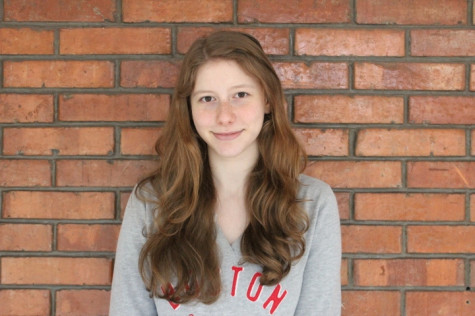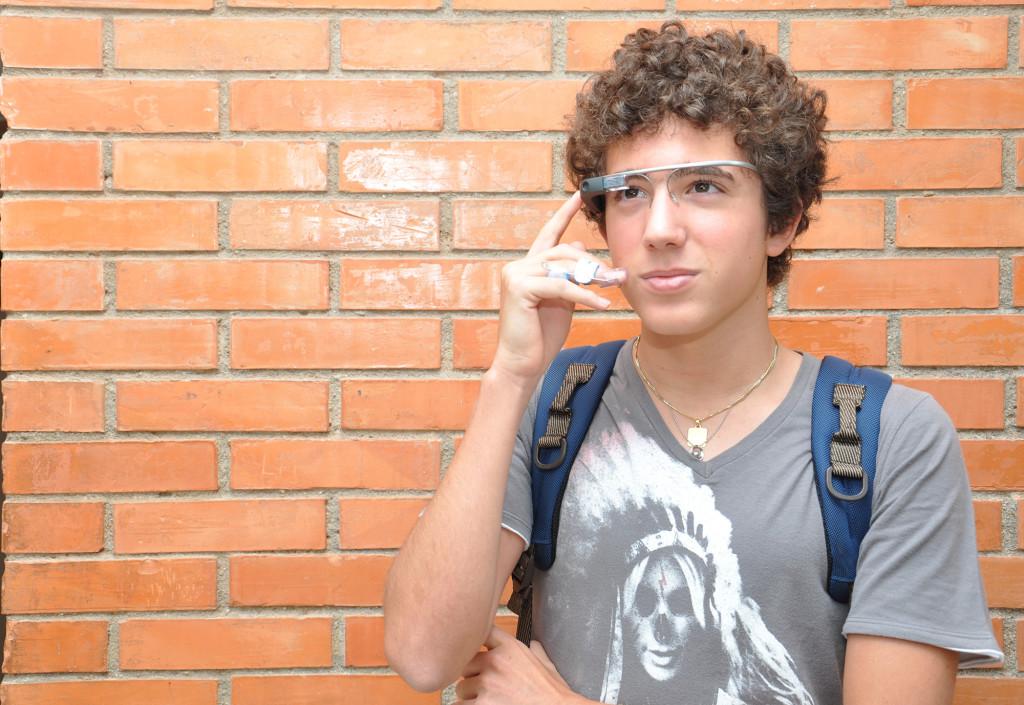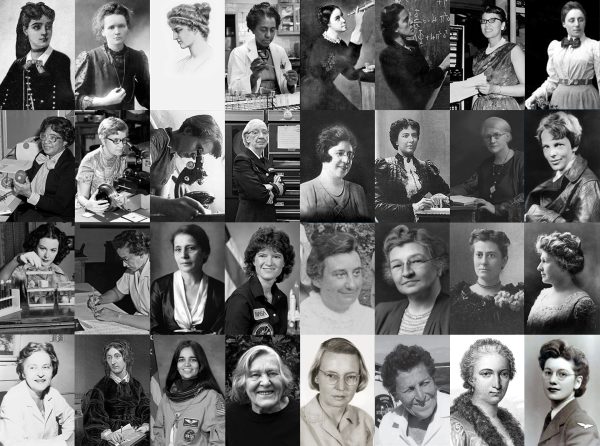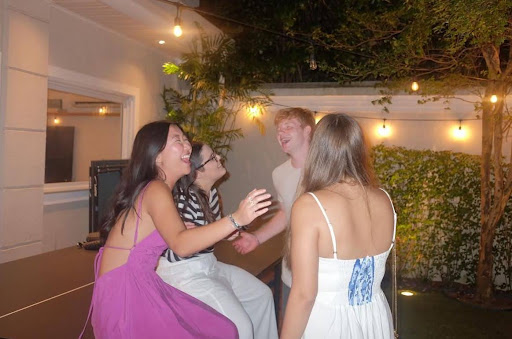Gadgets and gizmos of 2014
In the 1900s flying cars were predicted for 2015; though we’re not quite there yet, a more advanced future is indeed near.
Those self-driving cars we’ve all imagined? They are closer to reality than we realize. At the Consumer Electronics Show (CES) 2014 in Las Vegas, Nevada, smartphone-controlled drones and robots were on display, but these were only the beginning of the imaginative—yet practical—technical innovations at the convention. Some of the new gizmos seem insanely far-fetched, but a good percentage of them are practical for the everyday user. Following are the new pieces of technology that are game changers:
Oculus Rift, Crystal Cove: The Oculus Rift is a virtual reality, head-mounted display developed by Oculus VR. The Rift is supposedly the next big thing in gaming, a wearable virtual headset that combines an ultra-wide field of vision, with highly accurate 3D and motion tracking. The biggest change from its prior installments, however, is its ability to track all head movements and leaning, as well as an 1080p display.
4K and curved televisions: All TV manufacturers have followed the trend of 4K televisions, ultra high-definition screens that are four times the current resolution of HD TVs. Another trend that popped up during CES 2014 was curved television screens. The claim is that a slightly curved screen offers reduced glare, and a more immersive experience. Both Samsung and LG announced their curved 4K televisions, but Samsung’s is bendable, meaning it can be transformed from flat screen to curved. Though the amount of bandwidth necessary to stream or download 4K content is worrisome, Google announced a new streaming format that decreases the requirement. More companies are starting to work with Amazon using 4K content, while Comcast is working with Samsung to offer 4K streaming.
RoboThespian: RoboThespian is a life-sized, human-like robot designed for human interaction in science museums. It is designed for entertainment and communication, and is multilingual. It comes with a web-based interface to control files, movement, sound and video. The company’s current standard-bearer is Byrun, a fully dynamic humanoid robot with the capability to walk and run.
ChefJet 3D Printer: A 3D printer that shows how 3D printing could soon be integrated into our kitchens, if only the price were to drop. The ChefJet 3D printer makes delicious sugary confections for US$ 5,000. The ChefJet uses an “ink” made of simple sugar and water, but it can be flavored with mint, vanilla, watermelon, cherry, or sour apple. It can also make cake toppings and garnishes. It does this by layering sugar onto a tray, then the sugar intended for sculpturing the piece is melted, shaped, and resolidified.
Pebble Steel: Currently, the smartwatch business isn’t thriving, probably because smart watches do not have the style and elegance of a classic watch, but the company Pebble decided to combine the two. According to Pebble, after the launch of the Pebble Steel, about 300,000 people were wearing the new timepiece/computer. The Steel is built with stainless steel on the watch face and the link-style band. The watch also features a LED light for charging status, unlike its former edition. The Pebble watch is compatible with iOS and Android, but features a distinct store of Pebble apps. The company hopes the watch will find its way to traditional watch wearers.
i-ROAD: Toyota set out to create a car that offers zero-emissions mobility, and something that is lighter than any other four wheel electric vehicle, thus the i-ROAD was created. It is a small, three- wheeled, electric-powered car/motorcycle hybrid. The i-ROAD sets out to provide urban customers with a car that provides more protection than a motorcyle. The i-ROAD has a front-wheel gadget, Active Lean, that keeps it constantly upright. To do this a computer controls the degree of lean of the front wheel and as the angle of lean of one increases the other decreases. Active lean can also correct the balance of the car due to flaws in the road, but only when travelling in a straight line.
Mophie’s storage-supplementing battery pack: Finally, an iPhone case that provides extra storage. Mophie, a creator of attachable battery packs, now has the first case with attachable storage. The case’s capacity comes in 16-gigabyte and 32-gigabyte. To add the additional storage you plug your iPhone in and download the accompanying app, Space, to manage files, movies, music, and photos.
PlayStation Now: The newest installment of the PlayStation series offers streaming game service powered by a cloud-based technology. Games can be streamed in the same way that TV and movies are. The software can be used on PlayStation 3, 4, Vita, BRAVIA TV, and other devices. PlayStation has launched a future of gaming where the console won’t matter; as long you have an account, gaming will be accessible from virtually anywhere. The PlayStation Now has a few lag flaws, as a well as graininess in the video quality, but it shows great progress in terms of the future of gaming networks.
Audi’s self-driving cars: I suppose the term “driving a car” is obsolete now. Audi unveiled the A7 self-driving car that can drive or drift itself in a straight lines or in start-stop traffic. The technology used to power the self-driving car incorporates a laser, radar, camera, and ultrasonic data. It uses the collected steering, breaking and throttle data to control acceleration and direction in small amounts. All this data is collected from the sensors mounted inside the glove compartment. Audi’s advancement from last year is not only size, but dependability. Despite the technology being available, these autonomous cars won’t be commercially available until at least seven years from now, because the auto industry still needs to sort out software issues. Audi’s Heribert Braeutigam states that in order to make the cars legal to drive on the road, various regulations will have to be updated.
So what can we conclude about the prophecies for technology in the 21st century? The impressive gadgets and gizmos at CES 2014 would suggest that many are coming true.

On her third year on the Talon, Faria is serving as co-EIC with Michael Borger (God, help us all). As a senior, Faria discovered the key to success–and...

Fernanda Fiszner has been on The Talon for two years working with layout. She enjoys cooking, dance, photography, and spending an unhealthy amount of time...










